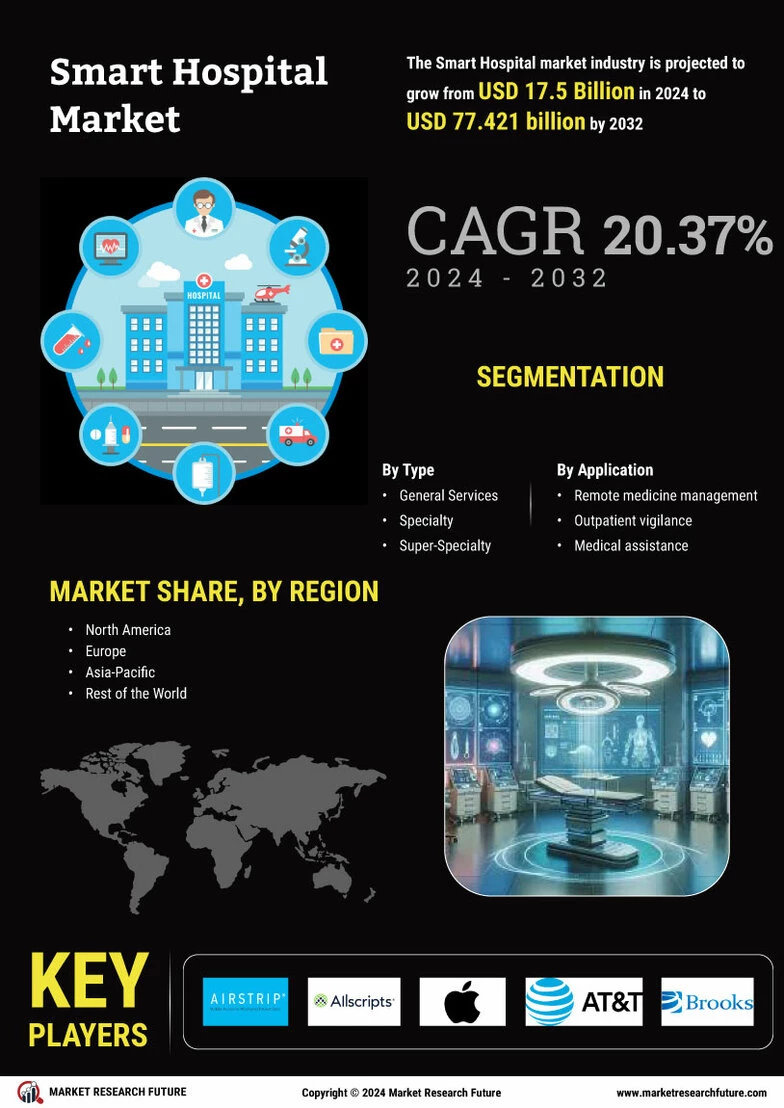Hereditary Cancer Testing Market Trends: Innovations and Future Prospects
The Hereditary Cancer Testing Market is evolving rapidly as healthcare providers integrate innovative diagnostic technologies to enhance early cancer detection. Key trends include the adoption of next-generation sequencing (NGS), liquid biopsy, and AI-powered genetic analysis. Growing consumer awareness about hereditary cancer risks is driving patient demand for genetic testing. Collaborations between biotechnology firms and diagnostic laboratories are facilitating product innovation and broadening the reach of testing solutions. Detailed insights are available through the Hereditary Cancer Testing Market trends
Get Full Reports:https://www.marketresearchfuture.com/reports/hereditary-cancer-testing-market-32331
Geographically, North America remains a leader, supported by a strong healthcare system and widespread testing awareness. Europe is witnessing steady adoption, while Asia-Pacific presents significant growth potential due to rising healthcare investment and improved access to diagnostic services. Market segmentation by test type, technology, and end-user assists companies in identifying emerging opportunities, developing new products, and capitalizing on increasing consumer demand for hereditary cancer testing solutions.
Regionally, North America dominates with advanced healthcare infrastructure and government-backed programs supporting genetic testing. Europe is witnessing steady growth through personalized medicine adoption, while Asia-Pacific is an emerging market with increasing healthcare expenditure and awareness campaigns. Segment-wise analysis of manufacturers by technology, test type, and end-user helps identify market opportunities and drives innovation in hereditary cancer testing globally.
FAQs
Q1: What are the current trends in hereditary cancer testing?
A1: Key trends include next-generation sequencing, AI-powered diagnostics, and liquid biopsy adoption.
Q2: Which regions are expected to grow rapidly?
A2: Asia-Pacific is expected to see rapid growth due to increasing healthcare investment and awareness programs.
The Hereditary Cancer Testing Market is evolving rapidly as healthcare providers integrate innovative diagnostic technologies to enhance early cancer detection. Key trends include the adoption of next-generation sequencing (NGS), liquid biopsy, and AI-powered genetic analysis. Growing consumer awareness about hereditary cancer risks is driving patient demand for genetic testing. Collaborations between biotechnology firms and diagnostic laboratories are facilitating product innovation and broadening the reach of testing solutions. Detailed insights are available through the Hereditary Cancer Testing Market trends
Get Full Reports:https://www.marketresearchfuture.com/reports/hereditary-cancer-testing-market-32331
Geographically, North America remains a leader, supported by a strong healthcare system and widespread testing awareness. Europe is witnessing steady adoption, while Asia-Pacific presents significant growth potential due to rising healthcare investment and improved access to diagnostic services. Market segmentation by test type, technology, and end-user assists companies in identifying emerging opportunities, developing new products, and capitalizing on increasing consumer demand for hereditary cancer testing solutions.
Regionally, North America dominates with advanced healthcare infrastructure and government-backed programs supporting genetic testing. Europe is witnessing steady growth through personalized medicine adoption, while Asia-Pacific is an emerging market with increasing healthcare expenditure and awareness campaigns. Segment-wise analysis of manufacturers by technology, test type, and end-user helps identify market opportunities and drives innovation in hereditary cancer testing globally.
FAQs
Q1: What are the current trends in hereditary cancer testing?
A1: Key trends include next-generation sequencing, AI-powered diagnostics, and liquid biopsy adoption.
Q2: Which regions are expected to grow rapidly?
A2: Asia-Pacific is expected to see rapid growth due to increasing healthcare investment and awareness programs.
Hereditary Cancer Testing Market Trends: Innovations and Future Prospects
The Hereditary Cancer Testing Market is evolving rapidly as healthcare providers integrate innovative diagnostic technologies to enhance early cancer detection. Key trends include the adoption of next-generation sequencing (NGS), liquid biopsy, and AI-powered genetic analysis. Growing consumer awareness about hereditary cancer risks is driving patient demand for genetic testing. Collaborations between biotechnology firms and diagnostic laboratories are facilitating product innovation and broadening the reach of testing solutions. Detailed insights are available through the Hereditary Cancer Testing Market trends
Get Full Reports:https://www.marketresearchfuture.com/reports/hereditary-cancer-testing-market-32331
Geographically, North America remains a leader, supported by a strong healthcare system and widespread testing awareness. Europe is witnessing steady adoption, while Asia-Pacific presents significant growth potential due to rising healthcare investment and improved access to diagnostic services. Market segmentation by test type, technology, and end-user assists companies in identifying emerging opportunities, developing new products, and capitalizing on increasing consumer demand for hereditary cancer testing solutions.
Regionally, North America dominates with advanced healthcare infrastructure and government-backed programs supporting genetic testing. Europe is witnessing steady growth through personalized medicine adoption, while Asia-Pacific is an emerging market with increasing healthcare expenditure and awareness campaigns. Segment-wise analysis of manufacturers by technology, test type, and end-user helps identify market opportunities and drives innovation in hereditary cancer testing globally.
FAQs
Q1: What are the current trends in hereditary cancer testing?
A1: Key trends include next-generation sequencing, AI-powered diagnostics, and liquid biopsy adoption.
Q2: Which regions are expected to grow rapidly?
A2: Asia-Pacific is expected to see rapid growth due to increasing healthcare investment and awareness programs.
0 Комментарии
0 Поделились
626 Просмотры
0 предпросмотр


